In this article, we will dive into the world of creative long exposures and discover how this technique can add a touch of magic to your photography. So grab your camera and let’s explore!
The Basics of Long Exposures
Before we delve into the creative aspects of long exposures, it’s essential to understand the basics of this technique. A long exposure refers to using a slower shutter speed, typically longer than a few seconds or more, to capture an image. By allowing more time for light to enter the camera and hit the sensor, long exposures idealize the effects of motion and time, resulting in a unique visual interpretation.
Key Takeaways:
- Long exposures involve using a slower shutter speed.
- They capture the effects of motion and time in a photograph.
- A slower shutter speed allows more light to enter the camera.
Capturing Light Trails
One of the most popular uses of long exposures is capturing mesmerizing light trails. This technique is often employed when photographing moving vehicles, creating captivating streaks of lights against the backdrop of the cityscape. To achieve this effect, position your camera on a sturdy tripod, select a slow shutter speed, and find a vantage point that offers an interesting composition. As the cars pass by, their headlights and taillights will leave beautiful trails of light, adding a sense of dynamism to the image.
Key Takeaways:
- Position your camera on a stable tripod for sharp images.
- Select a slow shutter speed to capture the motion of light.
- Experiment with different vantage points to find unique compositions.
Creating Ethereal Water Effects
Long exposures are also fantastic for capturing the serene and dreamy qualities of flowing water. By using a slow shutter speed, you can turn a bustling waterfall into a silky cascade or transform crashing waves into gentle mist. To achieve this effect, it’s advisable to use a neutral density (ND) filter, which reduces the amount of light entering the lens, allowing for longer exposures without overexposing the image. Additionally, a tripod is crucial to avoid camera shake during the extended exposure time.
Key Takeaways:
- Use a slow shutter speed to capture the smoothness of flowing water.
- Incorporate a neutral density (ND) filter to reduce incoming light.
- A tripod is essential for steady shots during long exposures.
Painting with Light
Long exposures provide a unique opportunity to become an artist with light. This technique, known as “”painting with light,”” involves adding or emphasizing light sources during the extended exposure to create captivating and imaginative photographs. Whether it’s using a flashlight to illuminate a subject, writing words in mid-air with a glow stick, or experimenting with different light painting tools, the possibilities for creative expression are endless.
Key Takeaways:
- Add or emphasize light sources during long exposures.
- Use flashlights, glow sticks, or other light painting tools for creative effects.
- Long exposures allow for endless possibilities of artistic expression.
The Mesmerizing Results
Long exposures are a gateway to unlocking your creativity and capturing stunning images that evoke a sense of wonder. Whether you’re freezing the motion of passing cars, capturing the smoothness of flowing water, or experimenting with light painting, each photograph becomes a unique piece of art. So the next time you’re out with your camera, don’t be afraid to extend your exposure time and explore the magic of time and motion.
Conclusion:
Long exposures offer a unique way to capture the essence of time and motion in photography. By using slower shutter speeds and incorporating creative techniques, such as light painting and capturing light trails, photographers can unlock their artistic potential and produce mesmerizing images. So grab your camera, experiment with long exposures, and unleash your creativity!
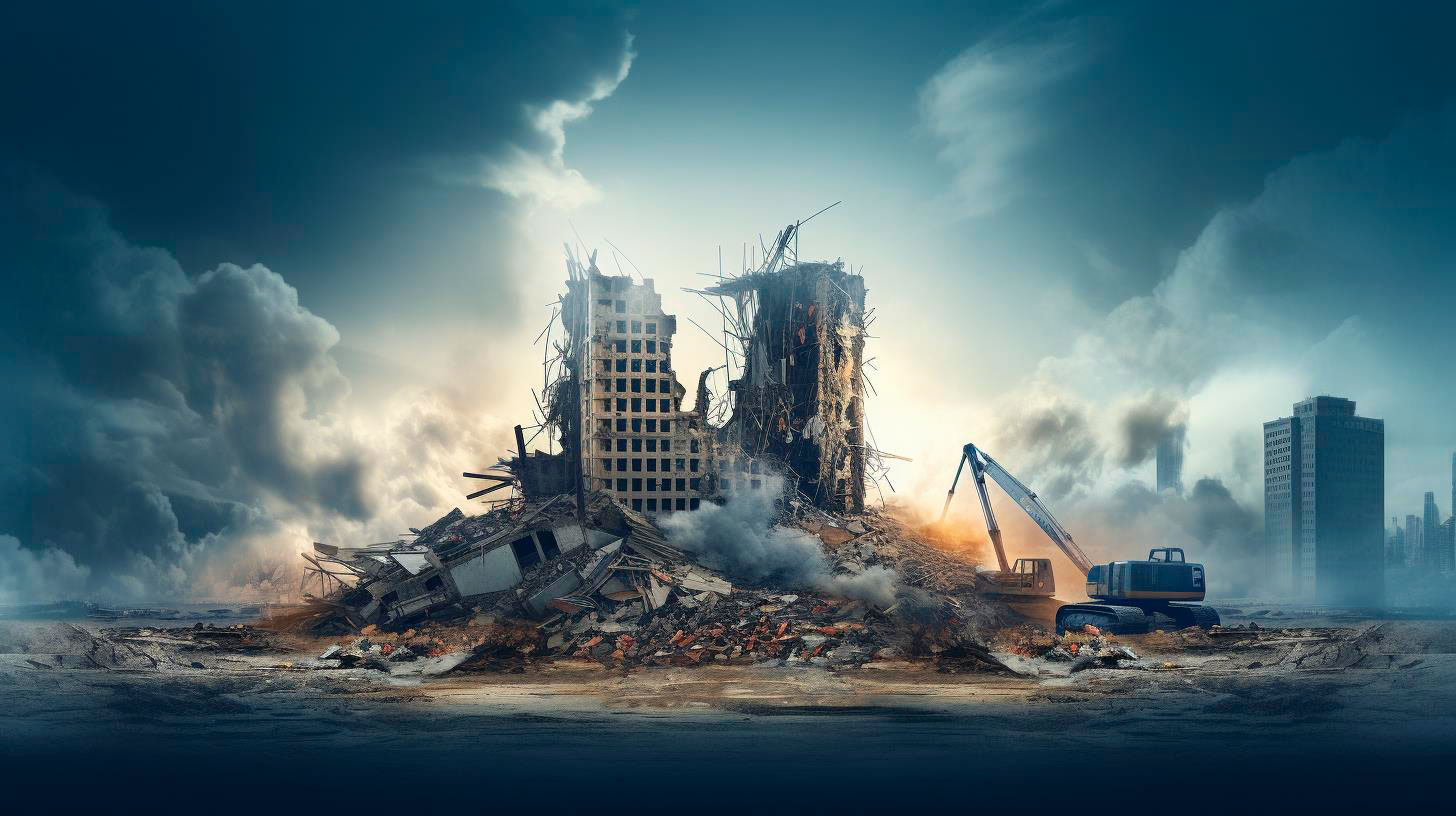
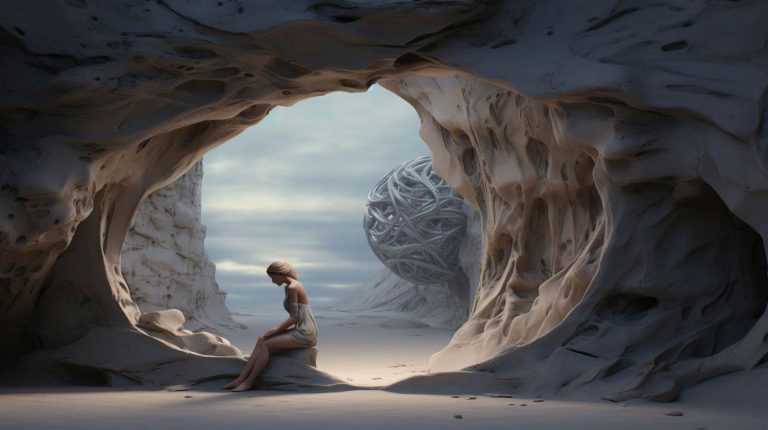
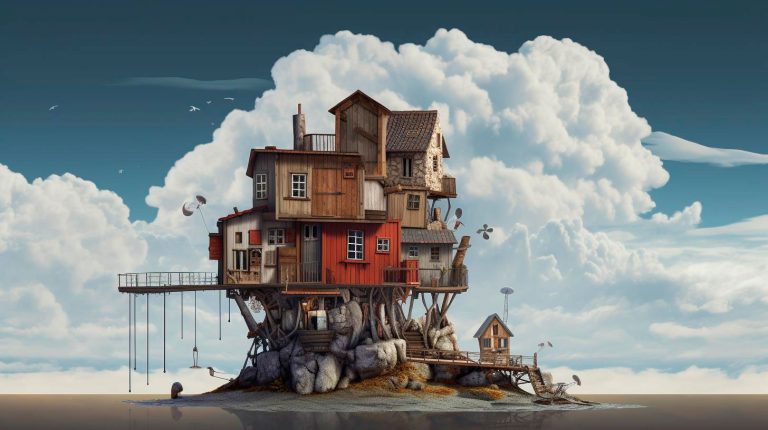

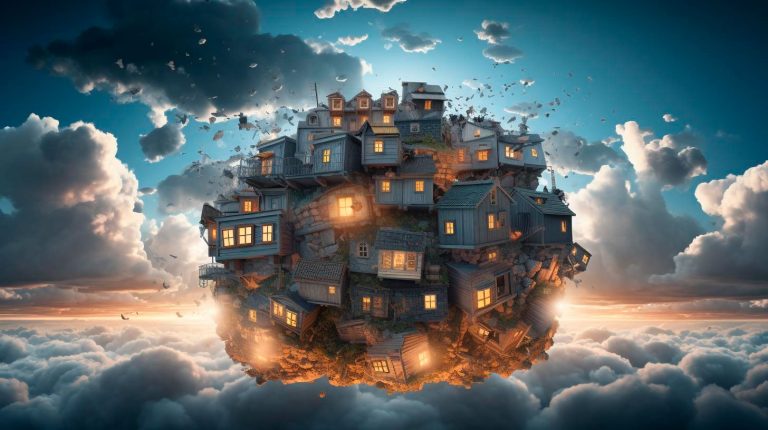
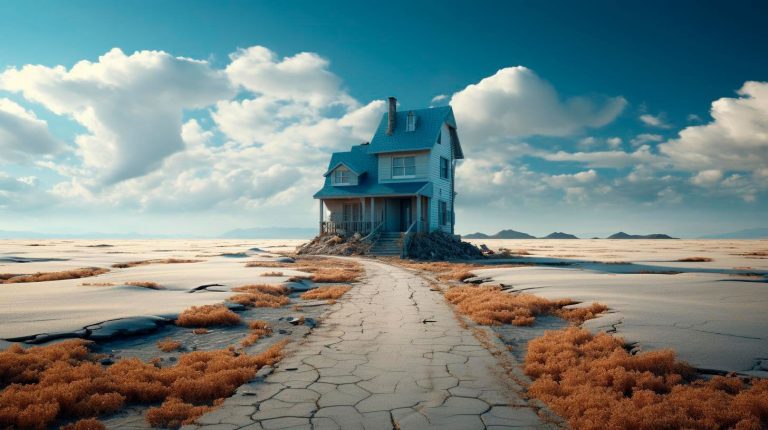
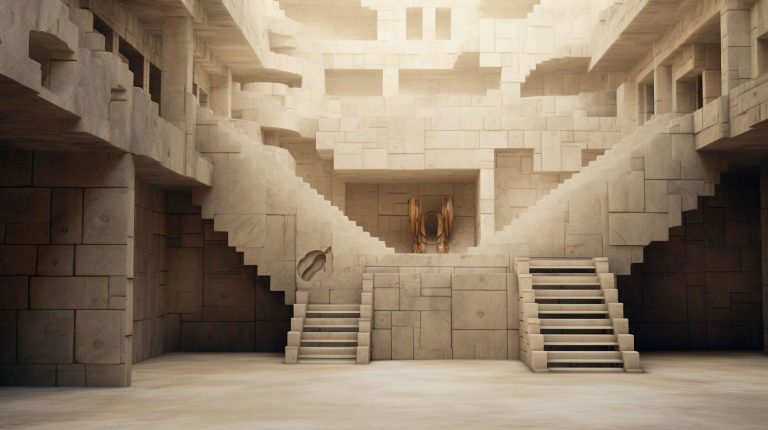
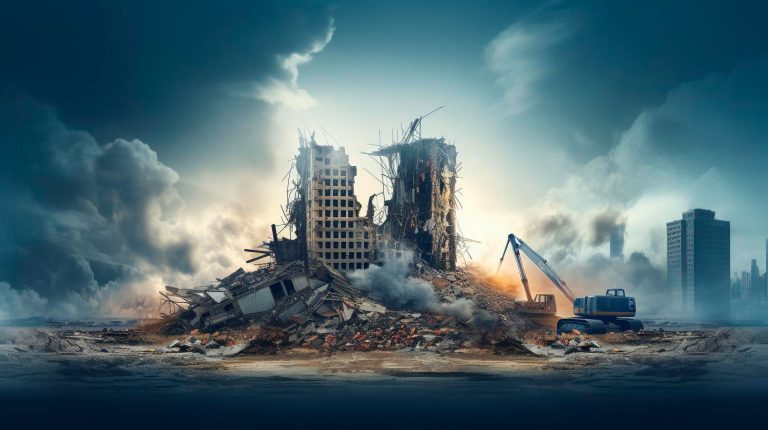
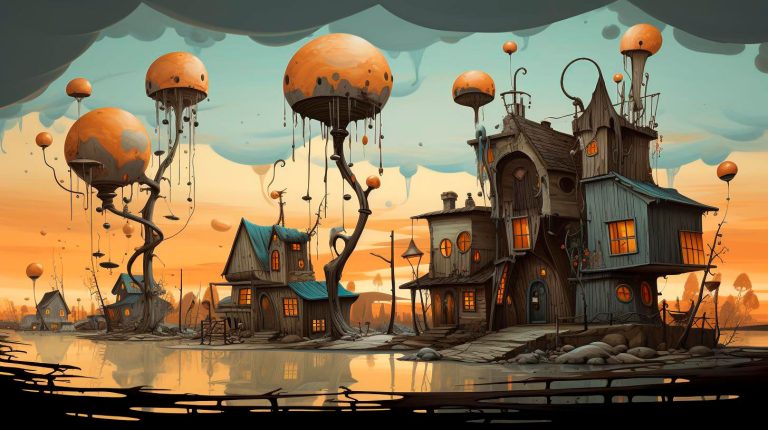







+ There are no comments
Add yours